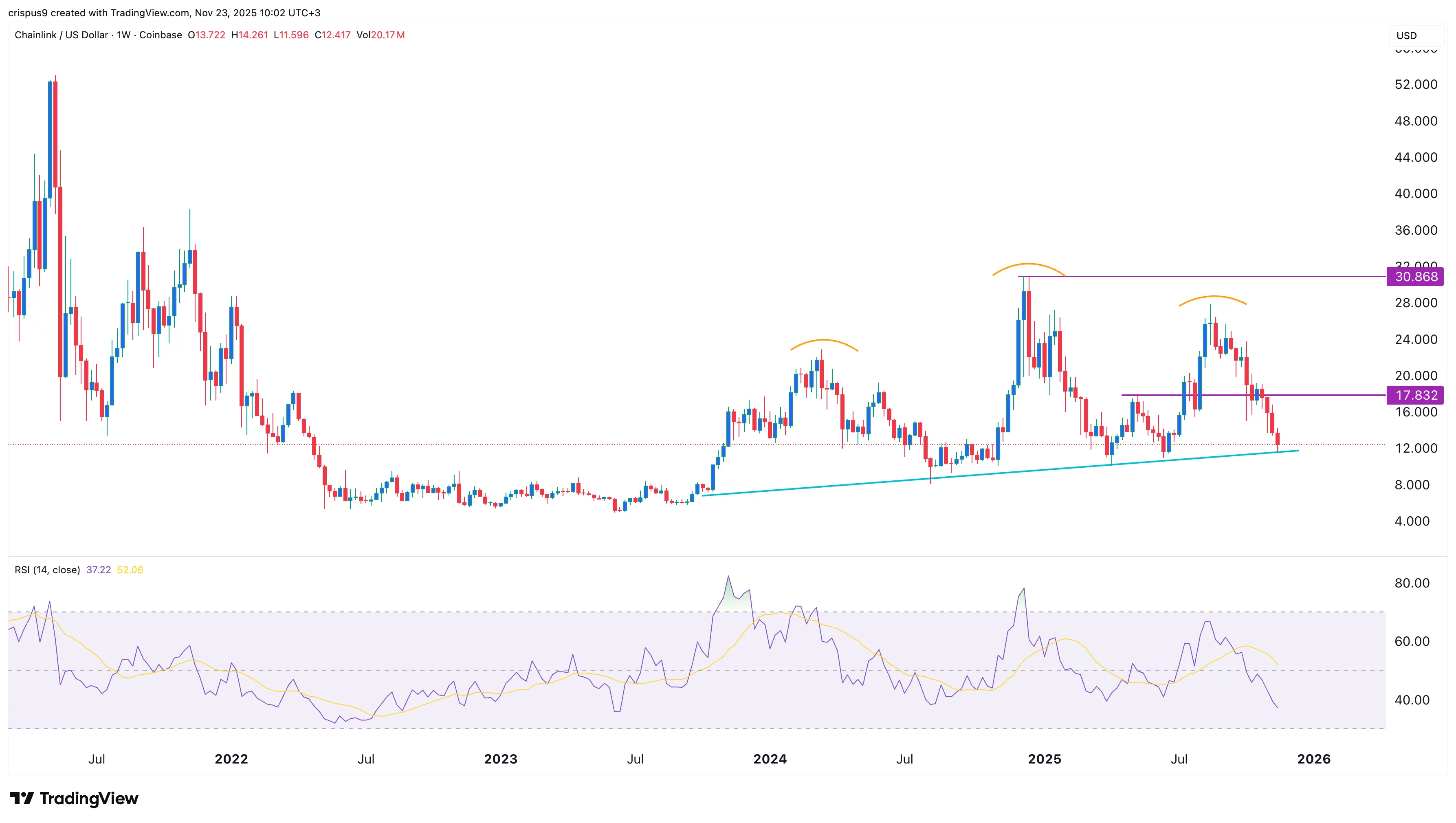Local Companies Adapt to Changing Regulations and Embrace New Avenues for Growth Amid Policy Shifts
- Rajasthan's Semiconductor Policy 2025 leverages clean energy and infrastructure to attract global chip manufacturing, aiming to create jobs but requiring compliance adaptation. - U.S. companies adopt Traliant's violence prevention training to meet OSHA standards, addressing rising workplace safety concerns and improving Gen Z/Millennial preparedness. - Findhelp's Medicaid digital platform streamlines redetermination processes, reducing administrative costs by 75% for 20 million beneficiaries while enhanc
Recent Policy Updates Bring Major Changes for Local Businesses
Ongoing shifts in both regulatory and economic frameworks are transforming the environment for local enterprises in various industries. Businesses are now dealing with a complex mix of new workplace safety rules, digital compliance tools, and economic support initiatives, all of which present both challenges and prospects.
In Rajasthan, India, the government has introduced the Semiconductor Policy 2025, with the goal of establishing the state as a leading center for semiconductor production. This strategy takes advantage of Rajasthan’s renewable energy, skilled labor pool, and robust infrastructure to draw investors and develop a comprehensive chip manufacturing sector. Alok Gupta, principal secretary of the Industries & Commerce Department, stated that the policy supports India’s broader tech goals by providing "clean energy, skilled talent, strong infrastructure, and a responsive governance framework" to innovators worldwide

At the same time, American businesses are adapting to revised workplace safety standards. Traliant, a company specializing in compliance training, has rolled out updated Workplace Violence Prevention programs to comply with new OSHA and state laws, such as California’s SB 553. These courses respond to growing concerns:
Healthcare organizations are also facing new compliance hurdles as Findhelp launches a comprehensive digital platform to simplify Medicaid redetermination and community engagement requirements under H.R. 1. The system brings together eligibility checks, enrollment, and compliance monitoring, aiming to cut administrative expenses and avoid coverage interruptions for 20 million Medicaid recipients starting in 2027. CEO Erine Gray pointed out the platform’s capacity to "unify fragmented processes" and
On the economic side,
Altogether, these policy adjustments highlight the rapidly changing conditions for local businesses, who must balance regulatory compliance with opportunities for advancement and innovation. As both governments and companies respond to new standards, leveraging technology and proactive regulatory planning will be essential for maintaining a competitive edge.
Disclaimer: The content of this article solely reflects the author's opinion and does not represent the platform in any capacity. This article is not intended to serve as a reference for making investment decisions.
You may also like
Bitcoin News Today: The Delicate State of Bitcoin: Surrender or Stabilization
- Bitcoin fell below $87,000, triggering $900M+ liquidations as long positions collapsed amid extreme retail fear metrics. - Analysts highlight oversold conditions, historical parallels to 2025 Q1 reversals, and potential $85k–$100k consolidation ahead of year-end $100k retests. - MicroStrategy faces MSCI index exclusion risks over Bitcoin holdings, while Rental Coins' bankruptcy underscores crypto sector fragility. - $75M ETF inflows and short-squeeze potential at $98k offer cautious optimism despite macr

Bitcoin Updates: Crypto Market Loses $2 Billion—Is This a Fresh Start or the Beginning of a Lengthy Downturn?
- Crypto markets crashed on Nov. 21, 2025, wiping $2B in leveraged positions as Bitcoin fell to $82,000, its lowest since April. - The sell-off was driven by macroeconomic pressures, ETF outflows, and algorithmic liquidations exacerbating price dislocations. - Over 396,000 traders lost $1.78B in long positions, while exchanges underreported liquidations due to partial reporting practices. - Institutional analysts warn of deeper structural risks, with some predicting further 50% declines to flush out specul

Chainlink price hits support as exchange supply dives ahead of ETF launch

Don’t fear the FDV: How real revenue creates sustainable value | Opinion